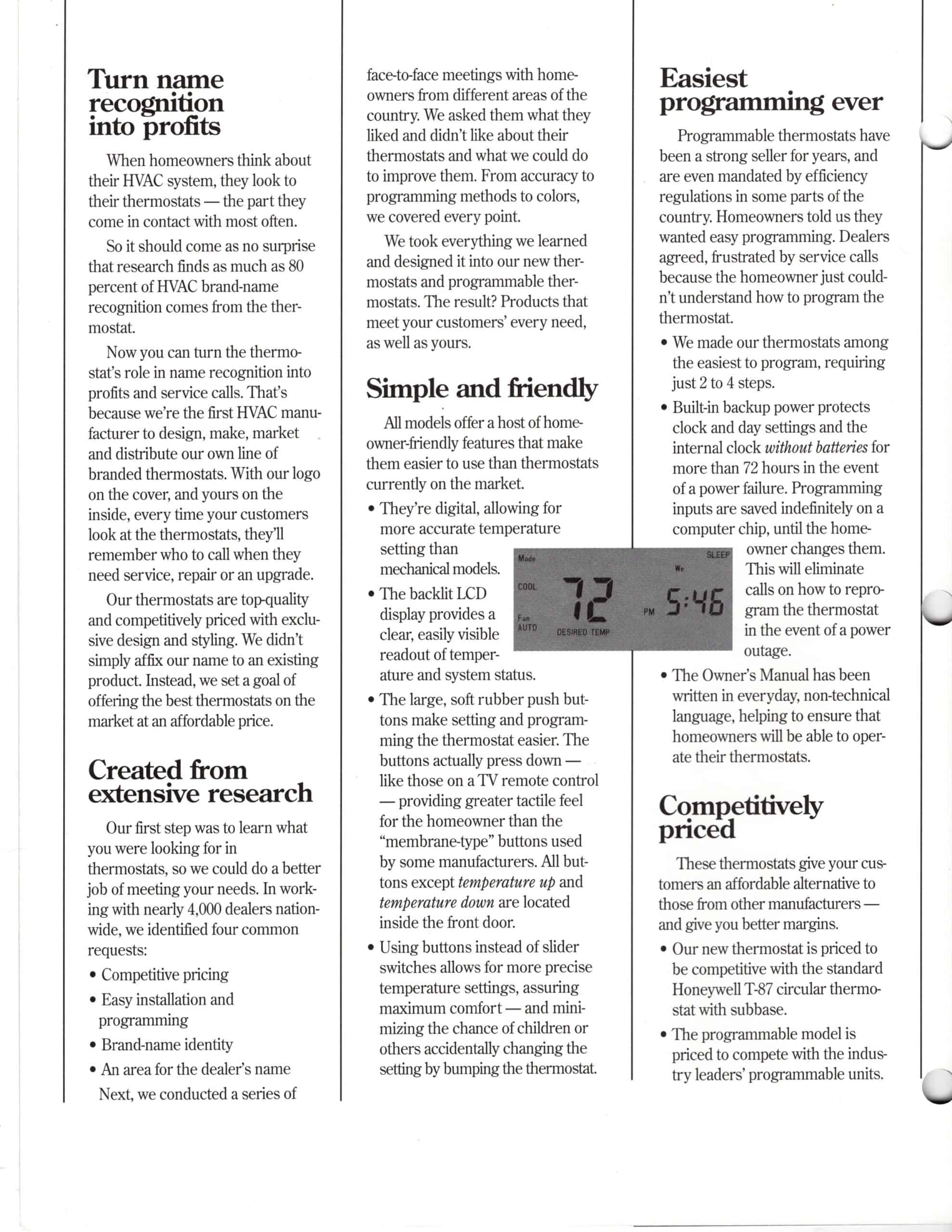Deciding how to structure white papers is important before you begin to write them. While blog posts these days are typically between 700 and 1000 words, white papers are generally between 1500 and 5000 words. That typically works out to 6 to 20 printed pages. However, you shouldn’t set an arbitrary length. Instead, focus on the quality of the information and let the content determine the length.
White papers need the right titles
With white papers, titles are particularly important. They should be serious and straightforward, rather than clever or promotional. A sell sheet might use a headline such as “Process three times as many radishes with our veeblefetzers,” but something that promotional won’t appeal to someone looking for objective information. Choosing more serious titles such as “Evaluating processing alternatives for radish production” or “Cross-cutting and spiral-coring: an engineering comparison” tells the reader the paper contains a more balanced, less promotional approach.
Detail the issue in white papers
One way to begin effective white papers is with a short section describing your customers’ problem or challenge. This approach builds a bond with the reader, who recognizes you have a solid understanding of the situation that’s been creating stress.
Spell out solutions
Explore the primary solutions that have been developed in response to the problem or challenge and examine the advantages and disadvantages of each. Focus on the facts, keeping the content general. Of course, you get to select which facts you’ll present, and the reader will discover your product or service offers the best approach.
Suppose your company’s veeblefetzer cores radishes through the cross-cutting process, as opposed to the spiral-coring method your competitors use. Your white paper might focus on the advantages of cross-cutting. Again, discuss those advantages in general terms, rather than boast how great your product or service is. If you include the right information and present it in the right way, readers will draw that conclusion on their own. Allowing them to do that is far more compelling than telling them how to think.
White papers should include sidebars
To discuss a particular concept or add something that’s valuable to the reader but may not fit within the body of the white paper, place it in a “sidebar.” Sidebars are smaller articles, text boxes, or lists that are separate from the main copy. They add visual interest, drawing the reader’s eye and helping them increase their knowledge.
Don’t get promotional
You may think it’s good idea to emphasize about what makes your Model SD60M the best product in the universe, but that approach will destroy the impression of objectivity you’ve tried to create and turn what could be an informative tool into yet another promotional piece. Instead, end the white paper with a short section describing your product or service, and an even shorter description of your company.
